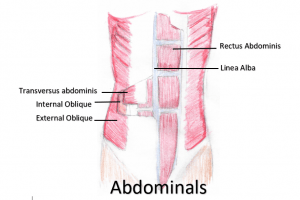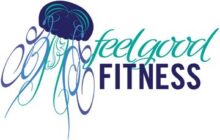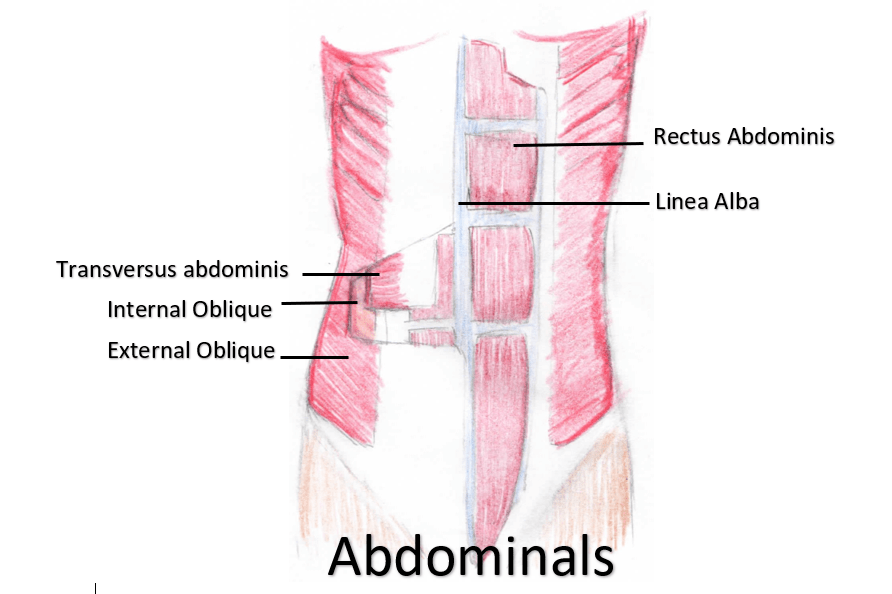You have probably heard the phrase ‘core strength’, usually followed by you need to work on it and stretch your hip flexors and strengthen your glutes! If only I had a pound every time I heard that!
But what is core strength and what does that actually mean?
Most will automatically think of the abdominal muscles, namely the six pack. The core consists of m uch deeper muscles that sit around and close to the spine. These can include the pelvic floor, respiratory diaphragm, abdominals, specifically, the transversus abdominals, and the multifidus muscles. These are the main muscles that help to stabilise your pelvis. We can then go further up the torso. The shoulder girdle muscles also play a role in helping us with core strength and stabilising our spines.
uch deeper muscles that sit around and close to the spine. These can include the pelvic floor, respiratory diaphragm, abdominals, specifically, the transversus abdominals, and the multifidus muscles. These are the main muscles that help to stabilise your pelvis. We can then go further up the torso. The shoulder girdle muscles also play a role in helping us with core strength and stabilising our spines.
So when we are looking to strengthen our core, we need to look beyond sit ups and plank exercises. These are great to work at six pack strengthening exercises and isolation exercises, but actually when it comes to true core strength which can involve balance, walking, all of those things, they may not actually be the best way to strengthen them.
The reason we need a strong core is because we need that lumb0-pelvic stability to help keep our pelvis stable so that we’re not putting stress through the joints and through the lower back. Core strength obviously can really help in managing or preventing back pain, by learning to engage your abdominals at the right time and in the right order. Along with the other surrounding muscles, we can help decrease our chances of putting stress on that lower back.
When we do have that support for the spine it means our torso is strong and moves well. This then allows the rest of the body, the arms and the legs, to do their work without putting stress on the spine. A good core also has a huge impact on how we balance and how we lift.
Again, this suggests we need much more than just being able to hold a plank for 10 minutes. Exercises that we can look at can include:
- all fours
- balance work in standing
- sitting balance work
- movements such as squats, lunges, push ups
- standing on one leg,
All of those types of movements need the core muscles to enable us to execute them properly. To keep us from falling, tripping, over balancing etc. Although traditional exercises will give you strong abs, they don’t always lead to core strength and stability. You can build a strong core by incorporating many different movements and aspects of fitness. This also promotes balance within the muscles so you don’t end up with overly strong six packs, or waists, both which can do more harm than good.
Pilates is a good example of training muscle balance. By nature movements include rotation, flexion, extension, lateral flexion and then 4 point kneeling, on the side, front, back, sitting and standing.
Feelgood Fitness run a variety of group classes and private sessions on the Pilates equipment. To book a place click here


